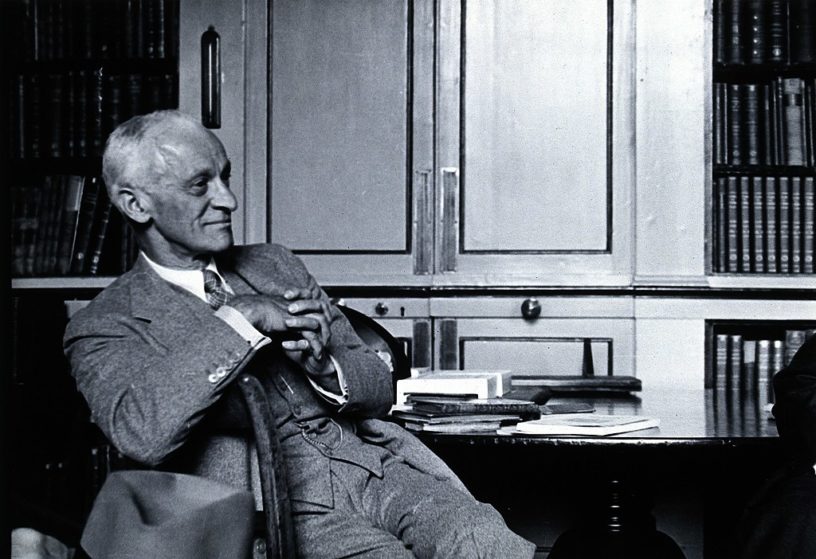Top 10 Amazing Facts about Harvey Cushing
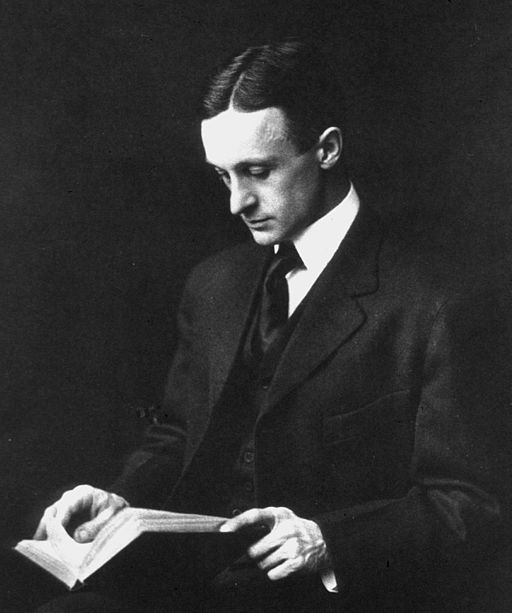
Harvey Cushing by Wikimedia Commons
Harvey Cushing is regarded as the “Father of Modern Neurological Surgery,” and the American Association of Neurological Surgeons is named after him. He was the youngest of ten children and came from a family of doctors, with his father, grandfather, and great-grandfather all practising general medicine. Because of his compulsive letter writing and record-keeping, the specifics of his life and work are unusually well recorded.
1. He had 9 siblings
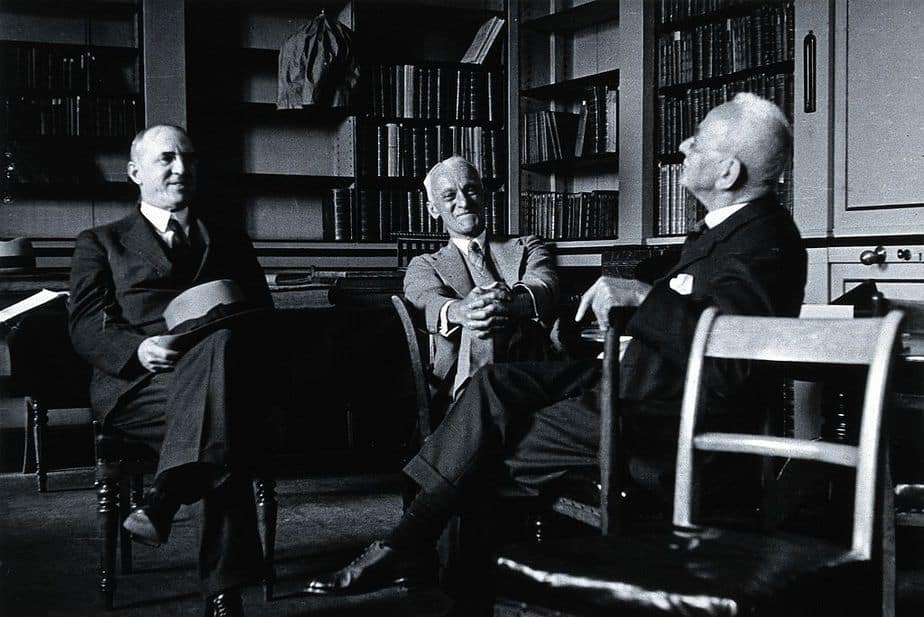
Harvey Cushings by Wikimedia Commons
On April 8, 1869, in Cleveland, Ohio, Harvey Williams Cushing was born to Kirke Cushing and Bessie Williams. He was one of ten children in a family often. Henry came from a long line of doctors in his family. Before Henry, his family had been in the medical sector for three generations. His father was a doctor as well.
2. He graduated from Yale University and Harvard Medical School
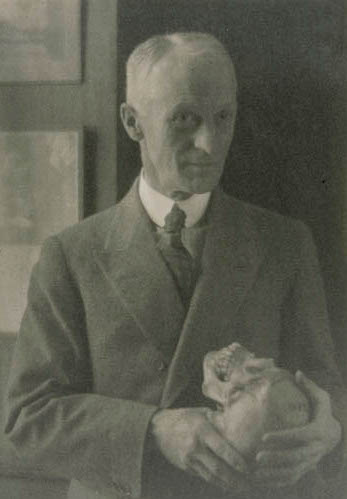
Harvey Cushing by Doris Ulmann from Wikimedia Commons
Harvey entered Yale University after finishing high school and received a B.A. degree in 1891. On the same year, he enrolled in Harvard Medical School, where he received a summa cum laude distinction and graduated in 1895. Harvey began his internship at Massachusetts General Hospital after graduating.
3. He treated Lieutenant Edward Osler
On June 6, 1918, he was appointed to lieutenant colonel and posted to the American Expeditionary Forces in Europe as a senior consultant in neurological surgery. On October 23, 1918, he was promoted to colonel. Lieutenant Edward Revere Osler, who was killed in the third battle of Ypres, was treated by him in that capacity. Lieutenant Osler was Sir William Osler’s son.
4. He was associated with the discovery of Cushing’s syndrome
Over the course of his 40-year medical career, he has operated on over 2000 brain tumours and made several discoveries and breakthroughs that have helped to establish Neurology and Neurosurgery as renowned specialities.
He’s also credited for discovering Cushing’s syndrome. Along with utilizing X-rays to identify brain tumours, it is possibly his most famous claim to fame. He originally described the illness in 1912, when he described a pituitary gland endocrinological disease. Cushing’s Syndrome was named after him when he released his study in 1932 and the sickness was given his name.
5. He developed many surgical instruments
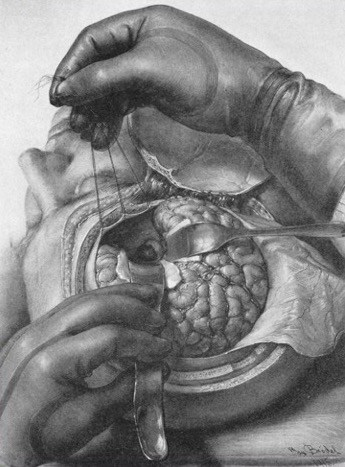
Harvey Cushing by Max Brodel from Wikimedia Commons
Cushing’s use of local anaesthetic in brain surgery, as well as his many other particular surgical procedures, was a remarkable feat. He invented special sutures in 1911 to help control the massive bleeding that commonly follows brain surgery and makes it difficult.
He is also known as the inventor of a number of surgical devices that are still in use today. The Cushing Forceps and the Cushing Ventricular Cannula are two of his most famous inventions.
During cranial surgery, a forceps tool is used to hold the thick tissues of the scalp, and a cannula is utilized to enter the brain ventricles for CSF draining. While working with the Harvard Medical Unit in France during World War I, he created a surgical magnet to recover shrapnel from the skulls of injured troops.
6. He received many honours
He received several awards for his services in the area of neurosurgery, including The Lister Medal. At least 38 times, he was a contender for the Nobel Prize in Physics. He was also designated a fellow of the Royal Society of London and inducted to the Royal Swedish Academy of Sciences in 1934. He has also served as the president of the Society for the History of Science.
7. He married his childhood friend
Harvey Cushing married Kate Crowell on June 10, 1902, in Cleveland, after a long courtship. They have known each other since they were children. The couple moved into No. 3 W. Franklin St. in Baltimore, just next door to William and Grace Osler, with whom they had a great time. When Osler was designated Regius Professor at Oxford in 1905, they were upset.
The Cushings had four children by the time they relocated to Brookline, Massachusetts in 1912. Barbara, the last child, was born in 1915. Kate, a capable lady, was left to maintain the household and raise five children on her own while Harvey focused on his medical profession to the point of workaholism.
8. His leg was almost amputated
Cushing, who was suffering from vascular insufficiency in his lower legs, turned down the option of amputation and instead discovered that quitting smoking (he was a heavy smoker) drastically improved his health in just three weeks. Despite the fact that he had lapsed, he later spoke on the benefits of quitting smoking, despite the fact that it was several years before the practice was medically condemned.
9. He died from a heart attack
Harvey Cushing died of a myocardial attack on October 7, 1939, only days after learning that monies had been set aside to construct the Medical Library. On June 15, 1941, the Yale Medical Library was finished and dedicated. Following Cushing’s death in 1939, the Brain Tumor Register acquired endowment money from Howard M. Hannah of Cleveland, ensuring that the registry would remain at Yale. For the following two decades, Dr Eisenhardt was the curator of the collection.
10. He travelled to provide medical services to the wounded during the first world war
In 1914, the First World War started out, although America was not yet a participant. Harvey, on the other hand, went to Europe in March 1915 and worked as a medical doctor in Gibraltar and Paris. ‘The American Ambulance,’ which was run by a crew of 13 American doctors and four nurses, was stationed there. In June, he returned to the United States. However, when the United States entered the war in 1917, his responsibilities grew. He spent the war years tending the injured at base hospitals. He was also deployed to the American Expeditionary Forces stationed in Europe as a senior consultant in neurological surgery.
Why do you need to know more about this remarkable man? Because he established a school of neurosurgery with students all over the world, pioneered the meticulous documentation of clinical and pathological details of cerebral tumours, developed operative surgery techniques that are now standard practice, has an endocrine disease named after him, and wrote one of the most well-known medical biographies, the two-volume Life of Sir William Osler, which won the Pulitzer Prize in 1926.
Planning a trip to Paris ? Get ready !
These are Amazon’s best-selling travel products that you may need for coming to Paris.
Bookstore
- The best travel book : Rick Steves – Paris 2023 – Learn more here
- Fodor’s Paris 2024 – Learn more here
Travel Gear
- Venture Pal Lightweight Backpack – Learn more here
- Samsonite Winfield 2 28″ Luggage – Learn more here
- Swig Savvy’s Stainless Steel Insulated Water Bottle – Learn more here
Check Amazon’s best-seller list for the most popular travel accessories. We sometimes read this list just to find out what new travel products people are buying.

